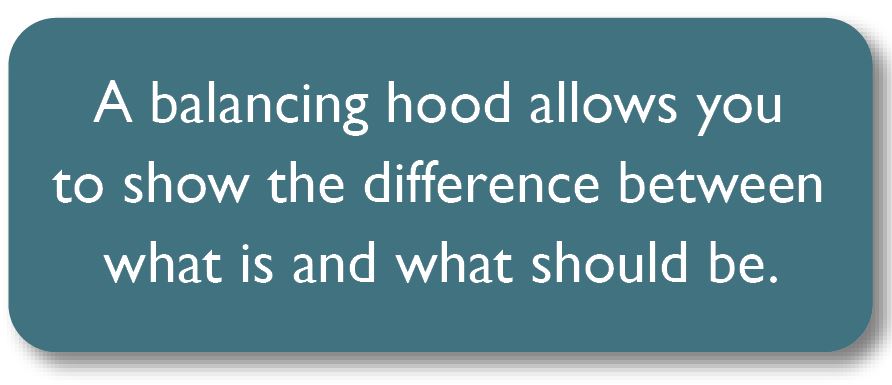I’ll never forget the first time I assembled a balancing hood more than 20 years ago. It was also the first time I met Rob Falke. He grinned as I walked into the room at the Energy Management Conference in Louisville, KY, and asked me, “Ever put a balancing hood together?”
I was at an interesting point in my life. I was preparing to leave the HVAC industry because I saw no future in the business. As Rob showed me how to insert the skirt poles and adjust the hood fabric, neither of us knew how life-changing this event would be.
Rob’s presentation, The Balancing Act, changed my mind. It gave me hope for what our family company could achieve. Balancing hoods played a big part in this. It’s one tool that helped save our family company and kept me in the HVAC industry.
This article was supposed to be Rob’s. It’s based on a presentation he put together for the 2022 NCI Summit in Scottsdale, AZ —the last public presentation he would ever give. I hope I capture Rob’s spirit here because I felt his influence the entire time I wrote this.

Let’s look at air balancing hoods and why they are the go-to test instrument for Air Upgrades.
A Shift in Application
In the early 1970s, an engineer named Ernie Shortridge built the first air balancing hood. It would revolutionize the testing and balancing industry. Balancing hoods boil down measurements that used to take 15 to 30 minutes to just a few seconds. Its ease of use led to the balancing hood quickly becoming a trusted test instrument for commercial air balancers.
However, there was a shift in its application taking place. An air balancer named Rob Falke started using the balancing hood for something more. He transitioned the hood from air balancing and diagnostics to customer education and sales.
Rob used the balancing hood to make air visible to his customers. Remember this principle. It is one reason an air balancing hood is crucial to selling and performing Air Upgrades.
A balancing hood allows you to show the difference between what is and what should be. You can also use it to help you and your customers visualize airflow. They connect the dots about why customers have uncomfortable rooms and what it will take to fix those rooms.
You and your customers can make the right decisions with the correct information. However, before making the right decisions, you must know how to use a balancing hood.
Balancing Hood Basics
You can use a balancing hood for supply registers or return grilles. It measures a series of velocity readings through a grid in the hood’s base. The velocity readings are then averaged and multiplied by the hood’s base opening area to calculate an airflow reading. The calculated airflow in cfm (cubic feet per minute) appears on the balancing hood display.
The formula a balancing hood uses to calculate airflow may look familiar.
It’s Area X Velocity = CFM.
Click Below for the Next Page:













Hi David
How well does a balancing hood measurement perform on a slim duct unit (mini split units) where airflow really small.
Hi Serge,
A balancing hood wouldn’t be the best way to capture airflow from a mini split. It would be hard to take the measurement. Another option would be to traverse the discharge with a rotating vein anemometer.